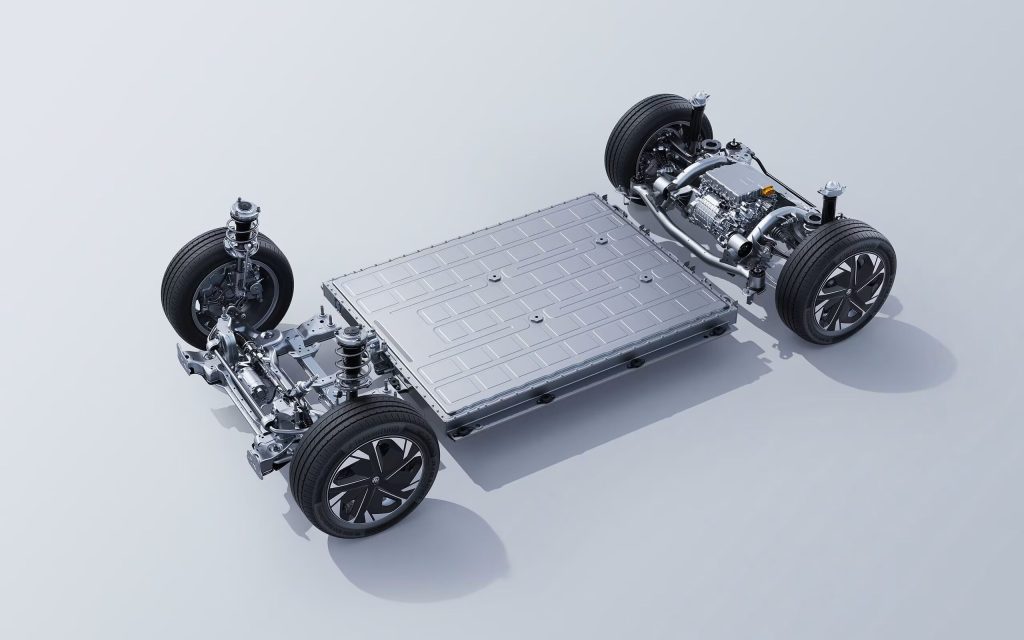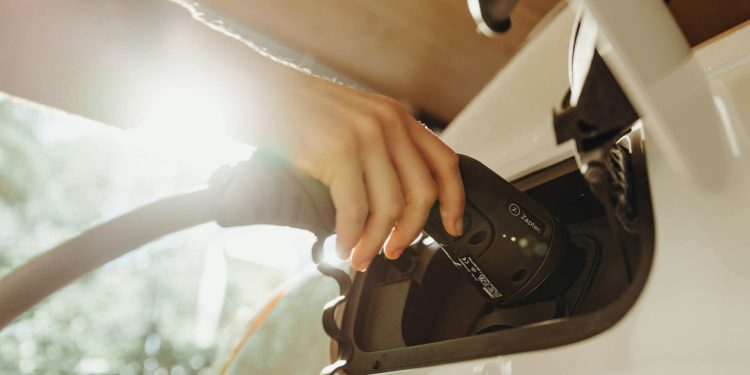EVs will need a ‘battery passport’ to be sold in Europe from 2027
Words: Harrison Wade
Come February 2027, all fully electric vehicles sold in the European Union will be required to have a ‘battery passport’ that shows what they’re made of and where the materials have come from.
According to British publication Autocar, the ‘passport’ applies to all batteries with a capacity above 2kWh and will be linked to the respective car’s vehicle identification number (VIN).
Information about the battery can be accessed via a QR code, revealing the types of materials it contains, like lithium or cobalt, and where they were sourced from. This is to ensure EV manufacturers have greater transparency over their supply chains in knowing their materials are sustainably and ethically sourced.
Electric car owners will also be able to use the same QR code to access information regarding battery condition and capacity.

“The automotive [manufacturer] gets to see everything. The [car buyer] gets to see the general information, maybe some of the supply chain information, and certainly the state of capacity and state of health,” Ellen Carey, chief external affairs officer at Circulor, told Autocar.
“That data changes depending on the role in either the primary sourcing or the circular economy. Maybe the [recycler, for example] really only sees the type of battery it is and how to safely remove it and handle it.”
The EU plans to undertake a three-year $14.5 million project called the “Battery Pass Consortium” that will outline what other information needs to be included in the passport.
We understand that the scheme will be exclusive to Europe at first, but battery passports could very well become mainstream across the globe, especially in New Zealand where car buyers are generally more conscious about what they purchase.





